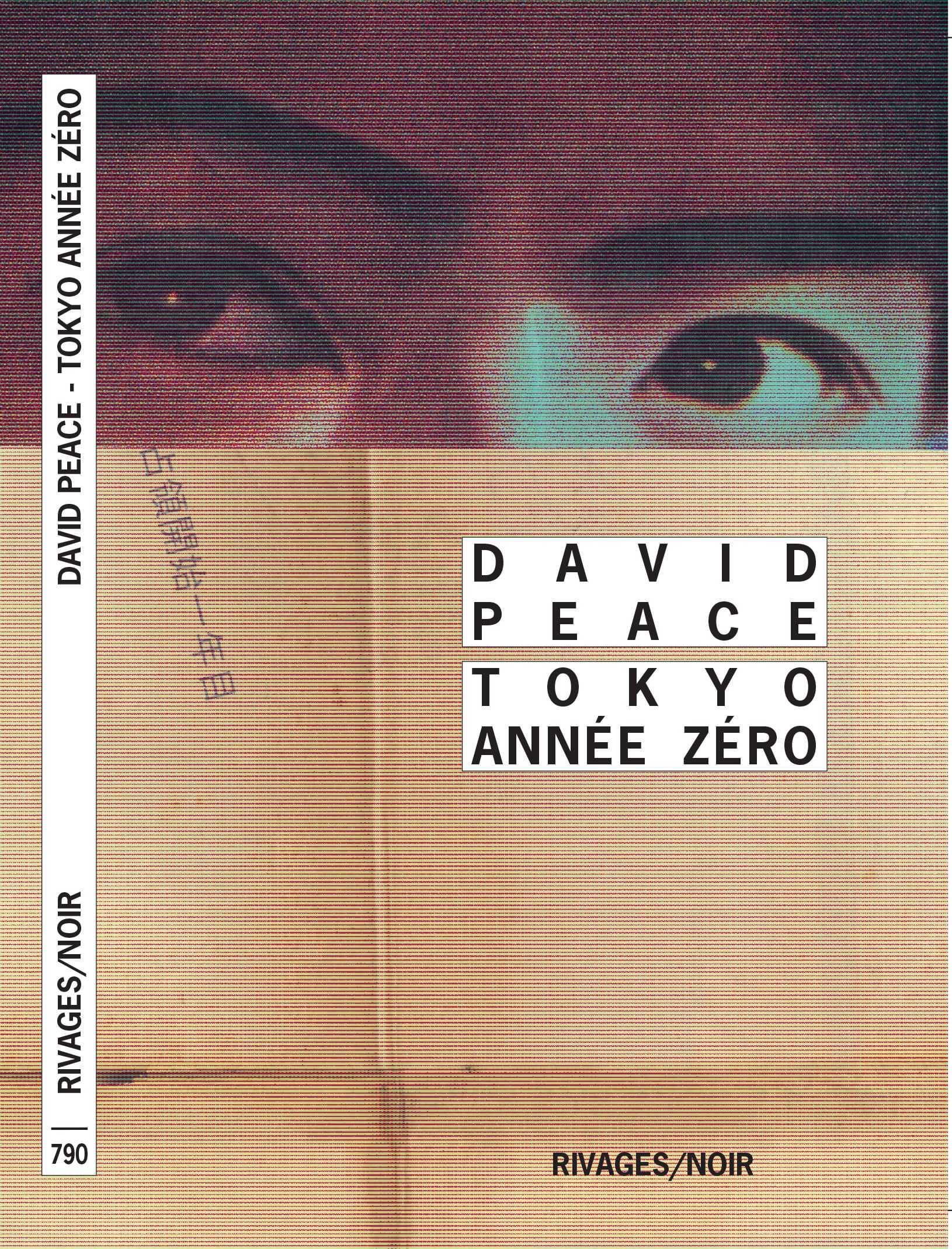‘Tokyo Year Zero’, in the Abysses of the Thriller Genre
David Peace drew inspiration from a real event when writing this crime novel in which a string of murders take place in the post-war era.

© Éditions Rivages
In the midst of gutted buildings, burst pipes, queues extending from bank entrance doors, and makeshift shelters is where author David Peace decided to set his narrative.
In August 1945, as Tokyo and Japan are licking their wounds, a woman’s body is found in an army clothing depot and reported to the first criminal division. This macabre discovery is followed a year later by the reporting of two other women found dead. Tokyo Year Zero follows the police investigation in a text written in the first person, allowing the reader to enter the mind and body of Detective Minami, who is in charge of the case.
A sonorous style of writing
Remaining true to his fact-based narratives, with a broken writing style and set in a stifling universe, David Peace, an English author who lives in Tokyo and specialises in thrillers, offers a tale of an abyssal darkness. The author goes into the most minute detail with his macabre descriptions and makes the city and its ruins a character in their own right, which, like a mirror, reflects Detective Minami’s personal and professional life, the latter being equally decrepit. All this takes place against the backdrop of the oppressive heat of the Japanese summer.
The narrative is oppressive but spirited, carried by a style where repetition reigns supreme and onomatopoeia is rife, with the addition of audible indications: the sound of the second hand of a watch, a hammer, a drop of rain, or the scratching of nails on skin. A maxim runs through the entire novel: no one is who they claim to be. Tokyo Year Zero is the first volume in a series by the author dedicated to the Japanese capital in the post-war era, followed by Occupied City (2008) and Tokyo Redux (2021).
Tokyo Year Zero (2007), a novel by David Peace, is published by Faber.
TRENDING
-
The Tattoos that Marked the Criminals of the Edo Period
Traditional tattoos were strong signifiers; murderers had head tattoos, while theft might result in an arm tattoo.

-
Paris, Tokyo: Robert Compagnon
With his co-chef and talented wife, Jessica Yang, Robert Compagnon opened one of the top new restaurants in Paris: Le Rigmarole.
 3:31
3:31 -
Chiharu Shiota, Red Threads of the Soul
Last year, more than 660,000 people visited the retrospective 'Chiharu Shiota: The Soul Trembles' exhibit at the Mori Art Museum.

-
‘Before Doubting Others, Doubt Yourself. Who Can Truly Say a Dish Isn’t What It Used to Be?’
In ‘A Non-Conformist’s Guide to Surviving Society’, author Satoshi Ogawa shares his strategies for navigating everyday life.

-
The Story of Sada Yacco, the Geisha who Bewitched Europe
Described by Dazed magazine as the first beauty influencer, she has been restored to her former glory since 2019.





